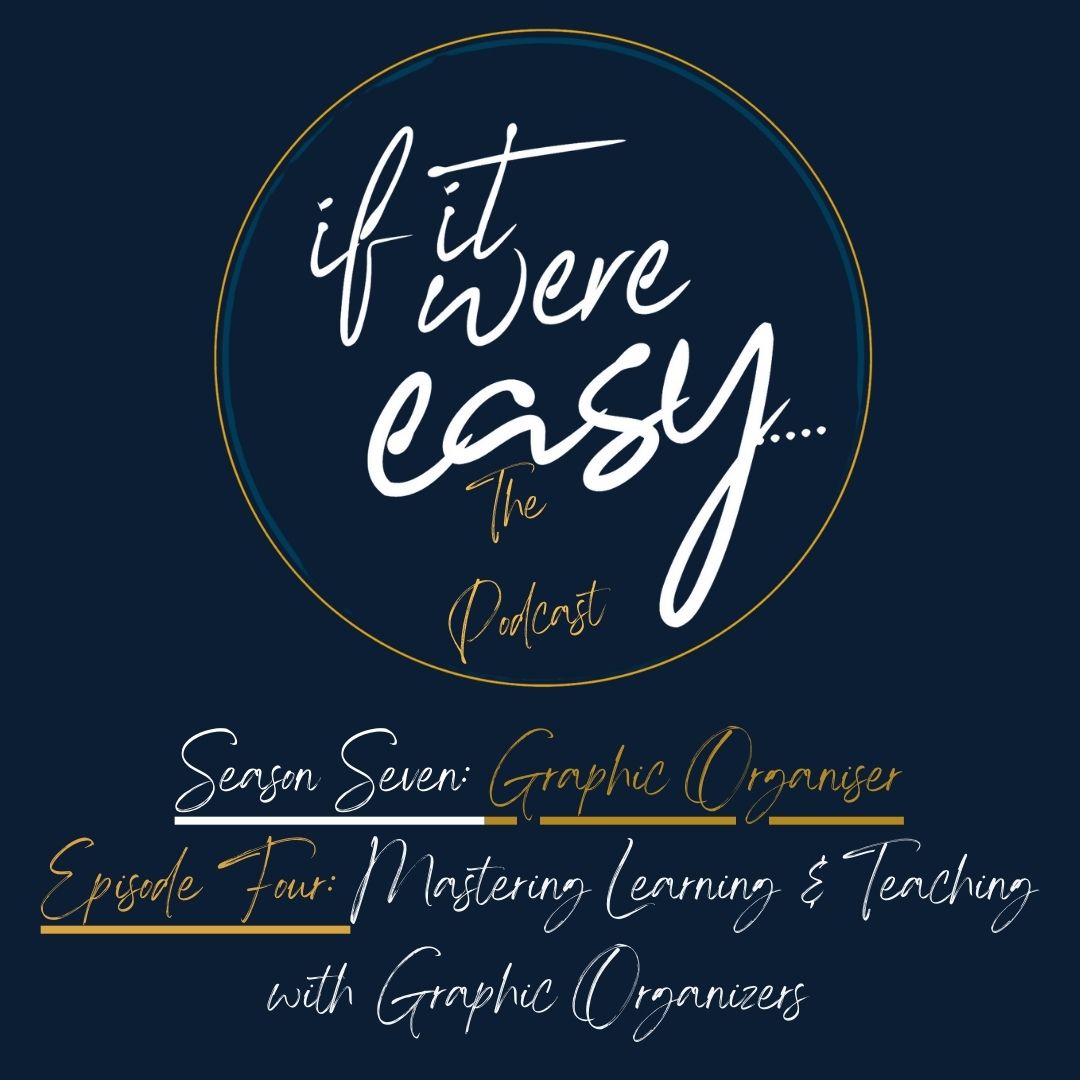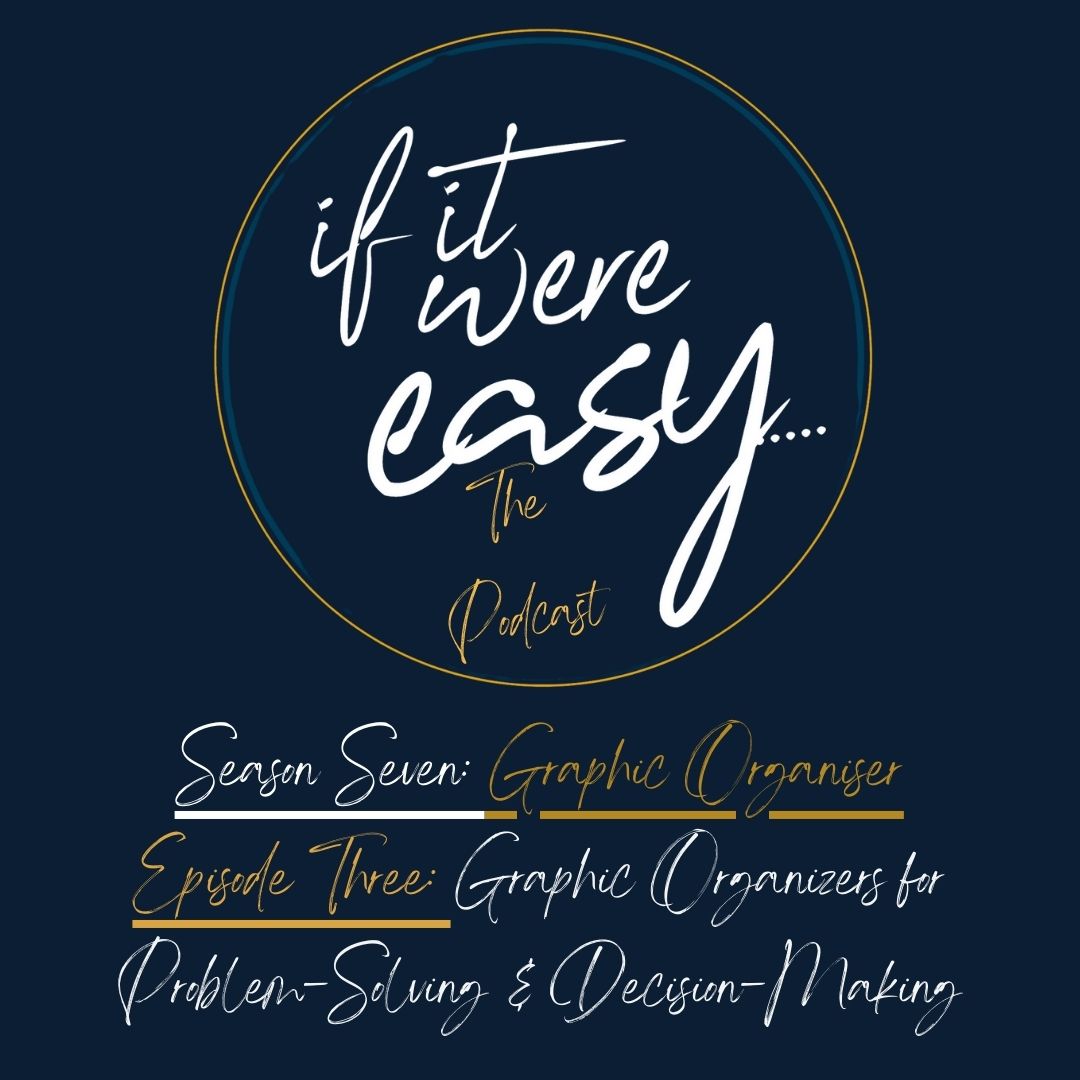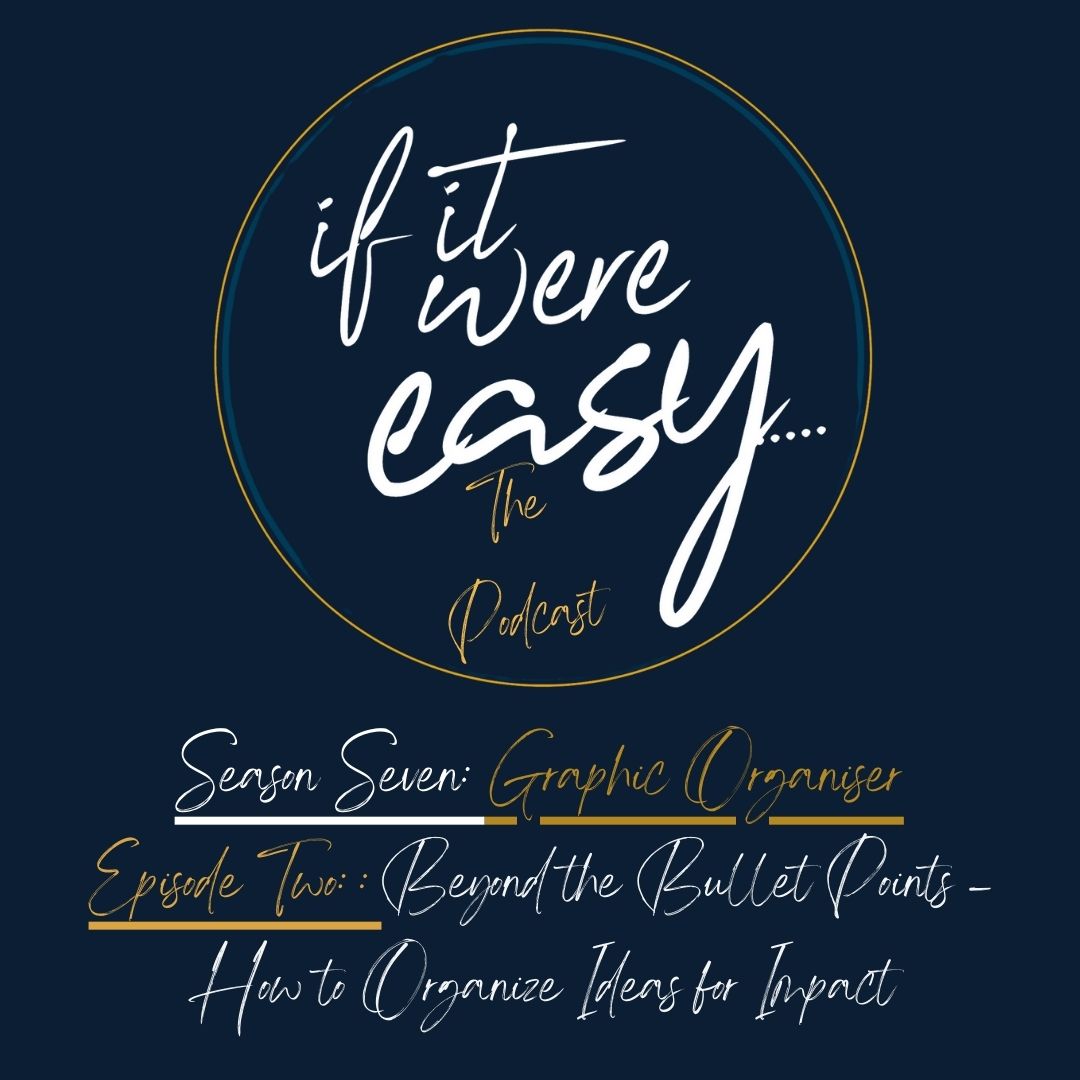Episode 4
Episode Overview
Welcome to If It Were Easy, the podcast where we break down effective teaching strategies and make them simple, actionable, and impactful.
In this episode, we’re wrapping up our series on routines and expectations by shifting the focus from classroom management to student ownership. While most routines help maintain order, the most powerful ones go beyond that—they enhance learning, build engagement, and empower students to take responsibility for their education.
In this episode, we cover:
- Why procedural routines aren’t enough—keeping order is great, but routines should also promote deeper engagement.
- The difference between procedural and engagement-driven routines—moving from compliance to student-led learning.
- Three high-impact strategies to encourage student ownership:
- Student-Led Routines – Assign roles such as discussion leaders and peer feedback monitors to increase participation.
- Weekly Goal-Setting & Reflection – Build a routine where students reflect on progress and adjust learning strategies.
- Structured Collaboration – Implement clear routines for peer discussions and cooperative learning activities.
Simple, practical ways to shift routines from teacher-driven to student-led.
This Week’s Challenge: The Student Ownership Challenge
The Student Ownership Challenge is designed to help you shift classroom routines from teacher-driven to student-led, fostering greater engagement and accountability.
Steps to Complete the Challenge:
- Assign classroom jobs and leadership roles (e.g., material managers, discussion leaders, peer feedback monitors).
- Introduce learning routines (e.g., structured group discussions, peer review, goal-tracking systems).
- Observe student engagement—are they more invested when they have ownership?
- Reflect: What worked well? What adjustments can you make to improve student responsibility?
Share your experience! Use the hashtag #StudentOwnership on Instagram and Facebook to connect with fellow educators, exchange ideas, and see how others are making the shift.
This episode marks the conclusion of our series on routines and expectations, but the learning doesn’t stop here. If there’s one key takeaway, it’s this: routines should do more than just maintain order—they should actively support learning and student growth.
When students take ownership of routines, they become more engaged, accountable, and motivated. Small shifts—like student-led discussions or weekly reflection routines—can create a big impact in classroom culture and learning outcomes.
If you enjoyed this episode, subscribe to the podcast so you don’t miss upcoming series. Let’s keep learning, keep refining, and keep making meaningful changes in education. Small changes create big impact—let’s simplify, structure, and strengthen our classrooms together!




